Natural swimming pools - what are the origins?
Natural pools were inspired by the beauty and joy of swimming in mountain lakes, a team of Austrian researchers are credited with launching a movement back in the 1980's that saw chlorinated swimming pools being replaced by natural swimming pools and swimming ponds.
The idea of swimming in a pool that invited nature in rather than shutting it out with chemicals gained popularity rapidly, spreading first to Germany and then throughout Europe. Slow at first to take root in North America, natural pools are becoming more common here as well.
Why choose a natural swimming pool over a chlorinated pool?
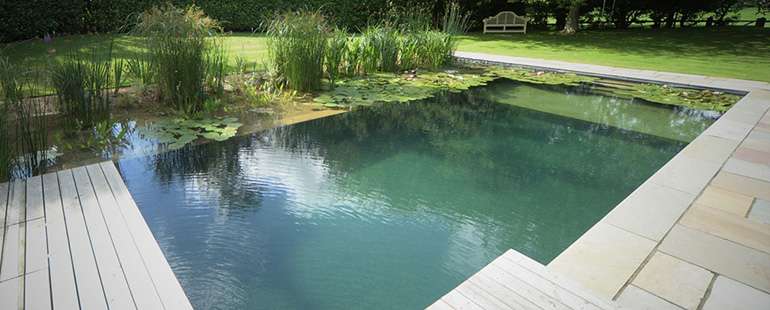
Swimming in a chlorinated pool is refreshing and enjoyable on a hot day, but pales in comparison to the experience of swimming in a natural body of water. A swim in a natural pond does not leave you with itchy red eyes, dry skin or wanting a shower, which is common after swimming in chlorinated water.
In addition to providing a beautiful backyard aesthetic, natural pools have many other advantages, including:
- excellent water quality;
- chemical-free water treatment;
- creating habitat for wildlife and flora;
- reduced maintenance costs over conventional pools.

How natural swimming pools work:
Mimicking the biodiversity and function of the natural environment, natural swimming ponds have separate zones for swimming and water purification. Designs can vary, as well as the recommended sizes and ratios.
Minimum pool size recommendations range from 30 to 50 square meters, but we have also seen much smaller pools that function quite well.
Depending on design, swimming zones typically comprise 50 to 70% of the total water surface area; the rest is dedicated to filtration. Water is pumped to shallow areas with abundant plant life and aggregate that act as natural filters, keeping water pure and clear.
In order for plants to thrive, pH levels should be maintained between 5.5 and 7. If the pool is well-designed and located, it should require less maintenance than a conventional pool.
- Surface area: The larger (and deeper) a pool is, the less likely it is to develop an algae problem. A minimum total area of 45 to 50 square meters is recommended for a healthy pool.
- Depth: A deeper pool will mean a cooler water temperature, which might mean a slower start to your swimming season, but perhaps a more refreshing dip in the full heat of the summer. Somewhere between one and two meters will protect living organisms during winter, and in true Goldilocks fashion should be not too hot, not too cold, but just right.
- Proportions of shade and sun: The sun promotes algae growth and photosynthesis, so really, the less exposure to sun the better. Sunny areas can be naturally shaded with floating leaves that will slow algae growth and protect aquatic life.

Natural pools mean less mosquitoes, not more:
According to Mick Hilleary, pond specialist and founder of Total Habitat, moving water and the natural predators of mosquito larvae that will inhabit chlorine-free water will make natural swimming pools practically mosquito free.
In addition, having a natural swimming pond in your yard can actually work to reduce the population of stinging insects, by attracting dragonflies and other natural predators of fully developed mosquitoes.
Swim surrounded by wildlife in a Natural Pool:
Plants, some insects, amphibians and other aquatic life are part of the ecosystem of a natural swimming pond. You end up sharing your swim with all the life (stationary and mobile) who keep your pool clean and clear.

This is very appealing to many, while others may at first be a little reticent. Keep in mind - these little creatures will have no interest in you and are likely quicker swimmers than you, so relax and enjoy.
- Aquatic life - insects, snails and amphibians: they feed on each other, ensure healthy water and the charm of a natural pond.
- Daphnia: These microscopic creatures are common in most lakes and ponds. They play an important role in regulating the cycles of nitrates, phosphates and phytoplankton. They are predators of bacteria and are an important source of food for other aquatic life.
Plants: Three kinds of plants typically regulate the natural cycle of swimming ponds:
- 1) Floating plants: Water lilies and other floating plants rooted in the bottom provide shade and protect micro-organisms from UV rays.
- 2) Oxygenating plants: By absorbing nitrates and phosphates, submerged and free floating plants contribute to the ecological balance of the pool and play an important role in slowing the growth of algae.
- 3) Biological filters: As water passes through the fibrous root structure of plants, micro-organisms concentrated on the root system act as a natural filter, removing contaminants and excess nutrients from the water.
Should you add fish to a natural swimming pool?
Introducing fish into your pool can be a very enticing concept, adding an entirely new dimension to the ecosystem, as well as your swimming experience. Keep in mind - including fish in your swimming pond will lead to fish excrement as well, which facilitates the growth of algae.
Additional maintenance is required with the inclusion of fish in your pond, so prepare yourself for that.

Natural Pool maintenance:
Maintenance of a natural pool falls into a completely different category than that of a chlorinated pool. Caring for a natural environment makes pond maintenance more like gardening than the chemistry you would be performing with a conventional pool. Different ponds will require different levels of maintenance; what they all have in common in this northern climate is the need to prepare for winter. Do the following towards the end of the season while the leaves are still on the trees:
- Prune plants and use a skimmer net to remove organic materials from the surface of the water. Cover the pond surface with a net to prevent the accumulation of leaves and debris
- Dismantle and drain filtration systems and pumps.
Comparing cost - natural swimming pools vs. chlorinated pools:
Some will tell you it costs more, some will tell you it costs less. Design and complexity will be the biggest factors in determining the cost of a natural pool built by professionals when compared to a conventional chlorinated backyard pool. One great advantage natural pools have over chlorinated pools is that no further landscaping is required, as would be with a traditional in-ground pool, which can make the total finished cost of natural pools even more competitive.
Depending on the design and size, plan on spending between $10,000 and $70,000, give or take for either type - depending on whether you get a professional to help or if you do it yourself.

Safety and municipal laws:
Like any swimming pool, natural pools can be a potential safety hazard and may be subject to municipal regulations. Before undertaking such a project, be sure to familiarize yourself with any legal responsibilities, as pools may require safety fencing depending on their depth.
DIY natural swimming pools:
For anyone that wants to try DIY organic swimming pool construction, the costs will of course be much lower. This will require some research, time and effort, but that can be time well spent. And this is time in your yard that you might otherwise have spent mowing grass, planting flowers or pulling weeds.
To receive a Free 30 page Construction Guide from one of the foremost experts in DIY Natural pool construction that you can keep and refer to later, Click Here
Or to see the North American version of his "How To" Pool construction Video Guide Click Here.

As is always the case with DIY projects, there are lots of videos available detailing many designs and construction methods for natural pools where you can find inspiration. Be sure to settle on one that is suitable for your climate, in regards to pool depth and chosen plants. The following short video is but one variation that can help you visualize the concept and steps for a natural swimming experience in your backyard. Good luck, and let us know if you try it!
Now you know how to build natural pools and swimming ponds, find more pages about about sustainable green building and landscaping in the Ecohome Building Guide and in these pages :
Sign up and learn all about the benefits of a free Ecohome Network Membership here! |
For further reading, we found the following sites quite helpful:
- Total Habitat
- The Pond Clinic, Ottawa, ON
















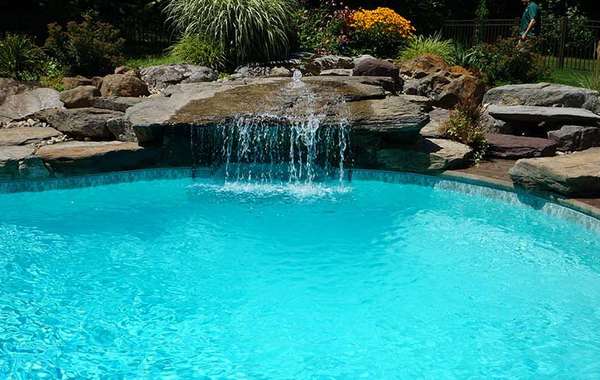


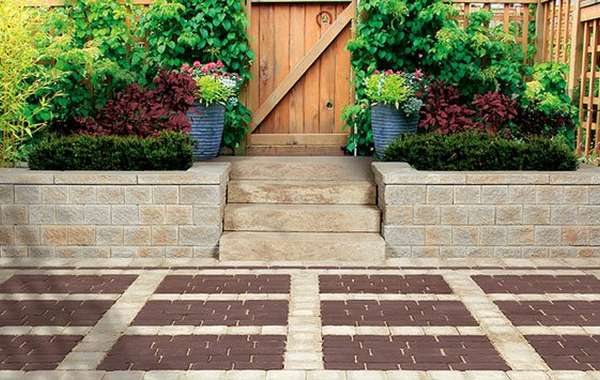
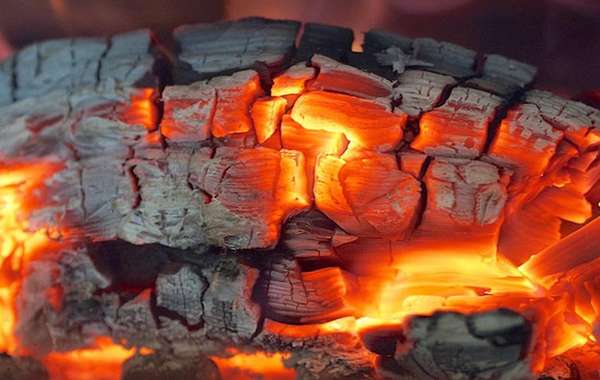
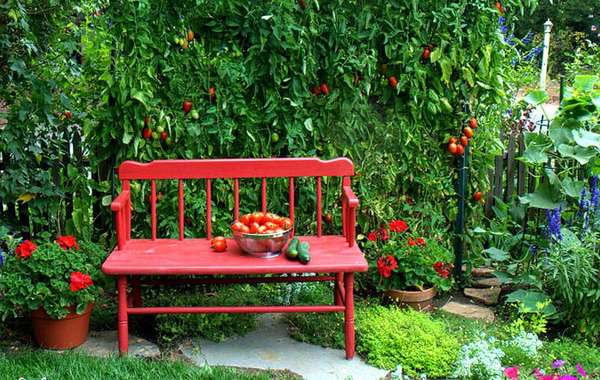

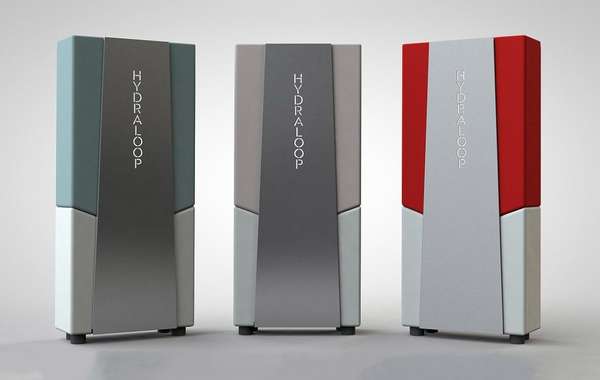
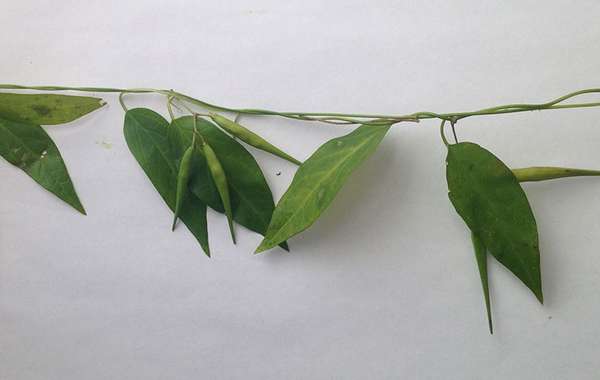
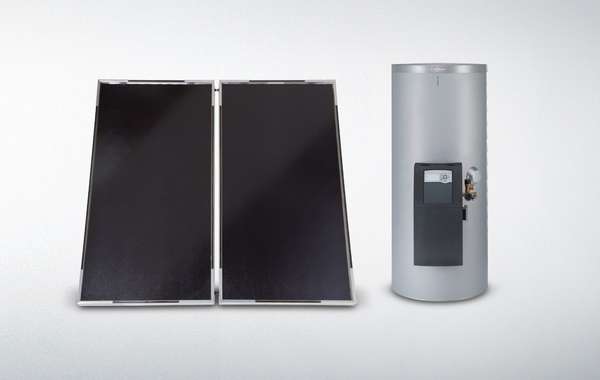
No doubt that nature has created a lot of beauty in natural ponds we can’t have same at home but a little effort can make us feel close to that and with Pond Liner Products we can sustain it longer.
Has anyone tried an ecopond with a swimming section separated by using shade cloth suspended from a floating pipe or planted floats ?
Its great post and all the pictures are very nice. For back yard pond maintenance there are some nice solutions.
You should check the system does not require regeneration plant area and works extremely well in warmer climates. 100% organic pool
This really was helpful, I build public ponds and my clients like to swim in them from time to time. The relationship between them and natural swimming pools is really close! I enjoyed reading this!
I have a house in Scotland and a burn runs underneath it and flows into a river. Can I divert a potion of the burn so it flows into and out of a small "pond" which I can use as a refreshing natural plunge pool? We already swim in the river when weather permits but this would be a very convenient option?
You should probably check the legality of this discretely, but it's certainly a possibility and you should then flow it back to the river so there's a cleaning current running through. We did the same thing in the south of France a few years ago - the best natural swimming pool we've ever had!
Alrighty. Well. Everyone thinks I'm insane..maybe I am. Idk. But I have a small, naturally made and newly discovered water hole on my back acreage. I have 10 acres of wooded, and in some spots, wet land. It has a natural crick that runs thru, with what I have discovered, is a healthy vein of fresh, clean and cool water pooling in this particular area. We do have sandy soil, so the far edge of this small, shallow pool is basically already pushed into a natural levee. I want to build on that. My husband and brother are heavy equipment trained, his bro does it as a career. I want to dig it out deeper on the levee side, line it with a liner that will still allow that vein of water to flow into the pond, and not have a muddy sticky mess, but a pretty much fully natural swimming (not fishing, not a bunch of aquatic plants) hole. What kind of liner and underlay would I use to make sure I have that natural spring fully free to flow naturally and keep my swimming hole from getting stagnant!?
I would suggest using naturally derived materials - and have used seconds quality 1/4" felt rolls pulled out in a double layer in 2 directions to prevent any sharp stones, then a butyl rubber pond liner like they use for Koi ponds - very tough and resistant and fairly easy to repair if necessary - as well as many having a 20 year warranty. I've previously used this product for a natural pool liner.
I am going to use bentonite clay my set is sounds very similar to yours.
I am living off grid and want to install a spring fed natural pool. I feel like an electric pump is not ideal for my solar power system, will my natural pool still thrive without a pump involved?